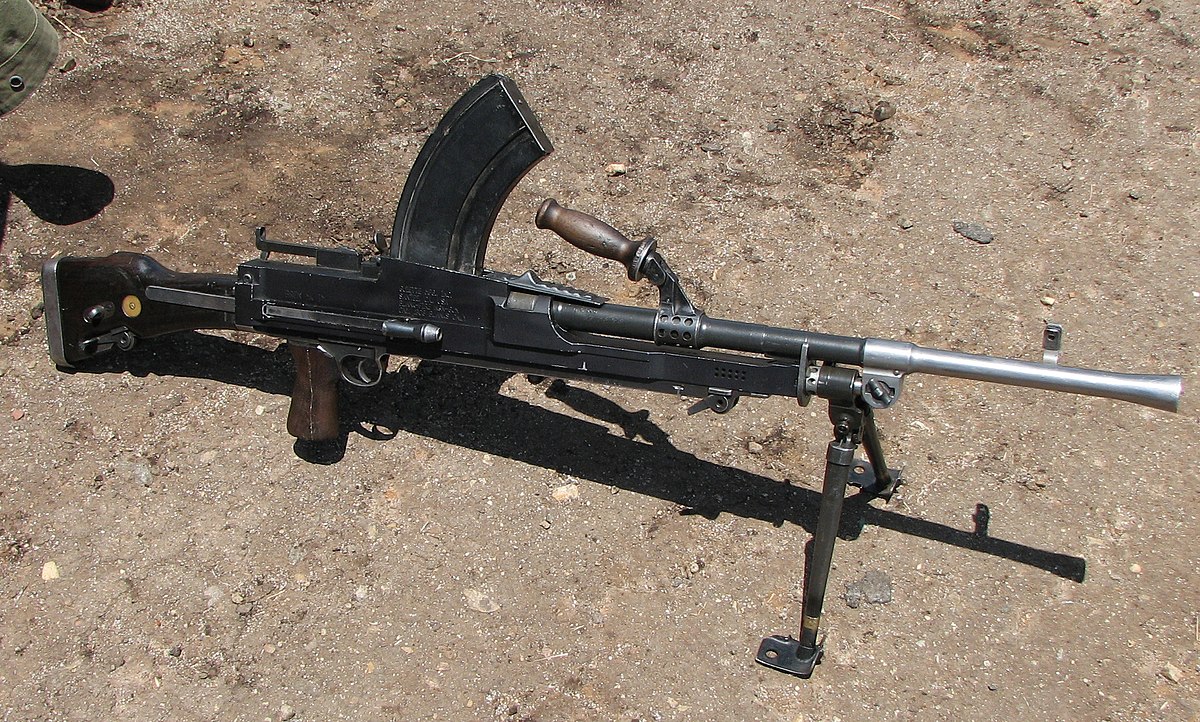It would need an almost total redesign to accommodate the longer 30-06 round unlike the P14 rifle which was designed for a round (.276 Enfield) very close in length to the US round.
Just look at how the sand-heads fubared this.
Looking at the reports, it appears THREE things were at issue.
a. Clear operator head space between the ears by the Saginaw engineers
who did not lab (bench) test enough and understand the fails they missed in the reverse engineering process for the new ammunition and DIFFERENT propellant.
b. Clear operator head space for the different dimensioned bullet.
c. And the different firing chamber pressures over time to operate the cyclic. This last problem is often forgotten. US propellants were 'hotter' and provided a sharper moment impulse than German ones. If you do not build to the chemistry, then you get what Army Ordnance found: jams, and broken parts. The German built guns ran fine because they started with the Mauser cartridge and built the gun to it. If you wanted a MG42 type machine gun to a 30.06 spec. then you look at the MG42 operating principle and try to build a weapon from scratch based on the principle and the 30.06. This takes a lot longer than a monkey copy of an existent weapon; but it works better because the bullet is bench fired through the contraption until the thing works. Just to make the American Mauser to the American cartridge; (Springfield 1903) took from 1898 to 1906 and involved that bench firing. The Ruger, which was a belt-fed BAR with Czech-like VZ26 bells and whistles, went from 1934 to 1942 and involved numerous modifications over the bench testing, and 8 years, to go from T10 to T23E1. And that was rejected because it would be too expensive in time and money to build for the war in progress. *(Idiots.).
Anyway; do it all wrong (Bofors, Oerlikon, Hispano Suiza, and the Navy 28mm) seems to have been
an endemic American gunsmithing problem of the 1930s and 1940s.
If one sees the
same damn failure modes across services, across ordnance branches and for the same exact bureaucratic reasons for well over a CENTURY, then it is a cultural problem as well as a technological one. Despite the American myth, it turns out Americans are factually actually rather lousy at designing and building guns and things that go boom in peacetime.
